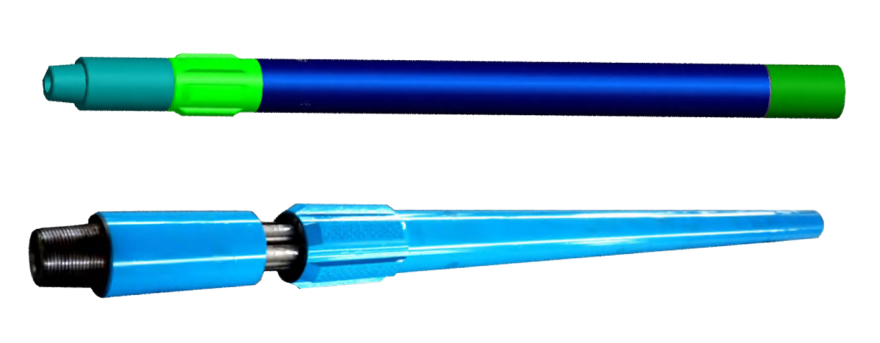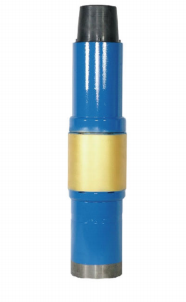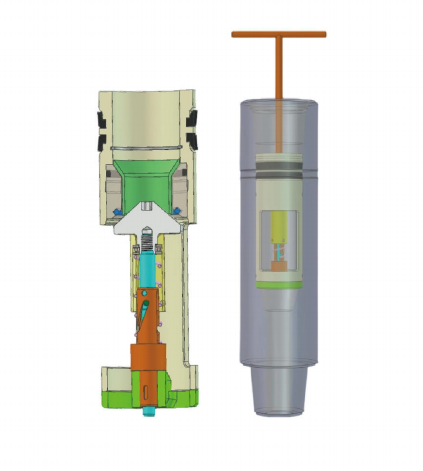Using a hydraulic pressure shock absorber (also known as a hydraulic shock sub) during oil drilling operations is crucial for reducing vibrations, protecting equipment, and improving drilling efficiency. Here are some essential tips for its proper use:
1. Proper Selection
- Match Specifications: Ensure the shock absorber is compatible with the drill string components, including size, weight, and pressure ratings.
- Consider Drilling Conditions: Select a shock absorber designed for the specific drilling environment (e.g., high-pressure, high-temperature, or corrosive conditions).
2. Installation
- Correct Positioning: Install the shock absorber as close to the drill bit as possible to maximize its effectiveness in absorbing vibrations.
- Tighten Connections: Ensure all connections are properly tightened and torqued to prevent leaks or failures during operation.
- Pressure Testing: Perform a pressure test after installation to verify there are no leaks and the shock absorber is functioning correctly.
3. Operational Tips
- Monitor Hydraulic Pressure: Continuously monitor the hydraulic pressure to ensure the shock absorber is operating within its designed range.
- Avoid Overloading: Do not exceed the shock absorber’s maximum load capacity, as this can lead to premature failure.
- Smooth Drilling Practices: Maintain consistent drilling parameters (e.g., weight on bit, RPM) to reduce excessive stress on the shock absorber.
4. Maintenance
- Regular Inspections: Inspect the shock absorber for wear, leaks, or damage before and after each run.
- Lubrication: Keep moving parts properly lubricated to ensure smooth operation and extend the component’s lifespan.
- Seal Replacement: Replace seals and other wear-prone parts regularly to prevent hydraulic fluid leaks.
5. Troubleshooting
- Vibration Issues: If excessive vibrations persist, check the shock absorber for proper installation or potential damage.
- Pressure Loss: If hydraulic pressure drops, inspect for leaks or internal damage and address the issue immediately.
- Unusual Noises: Strange noises during operation may indicate internal damage or improper functioning. Stop operations and inspect the shock absorber.
6. Safety Precautions
- Emergency Procedures: Train personnel on emergency procedures in case the shock absorber fails during operation.
- Pressure Relief: Before performing maintenance, ensure the hydraulic pressure is fully relieved to avoid accidents.
- Use Protective Gear: Wear appropriate safety gear when handling or maintaining the shock absorber.
7. Record Keeping
- Usage Logs: Maintain detailed records of the shock absorber’s usage, maintenance, and performance to identify trends or recurring issues.
- Failure Reports: Document any failures or malfunctions to improve future operations and maintenance practices.
By following these tips, you can ensure the hydraulic pressure shock absorber operates effectively, extends its service life, and enhances the overall safety and efficiency of your drilling operations.










